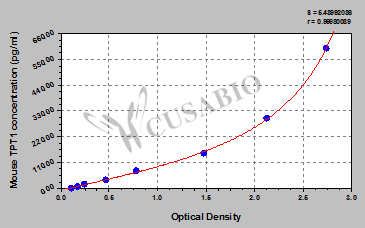Per customer request, can you please provide the following information about this kit:
a. Capture antibody or capture antigen – immunogen type, sequence (including species source and accession no. if available), expression host, clonality and host species.
b. Detection antibody (if applicable) - immunogen type, sequence (including species source and accession no. if available), expression host, clonality and host species.
c. Standard – if recombinant protein, please specify sequence (including species source and accession no. if available) and expression host.
d. Please send the current manual.
e. Please send your reference data for mouse plasma samples.






